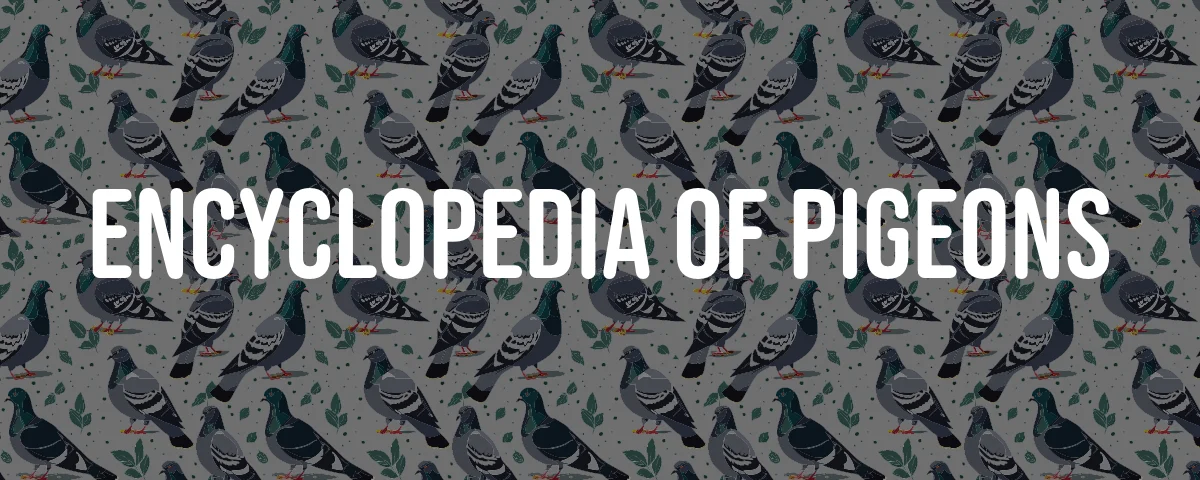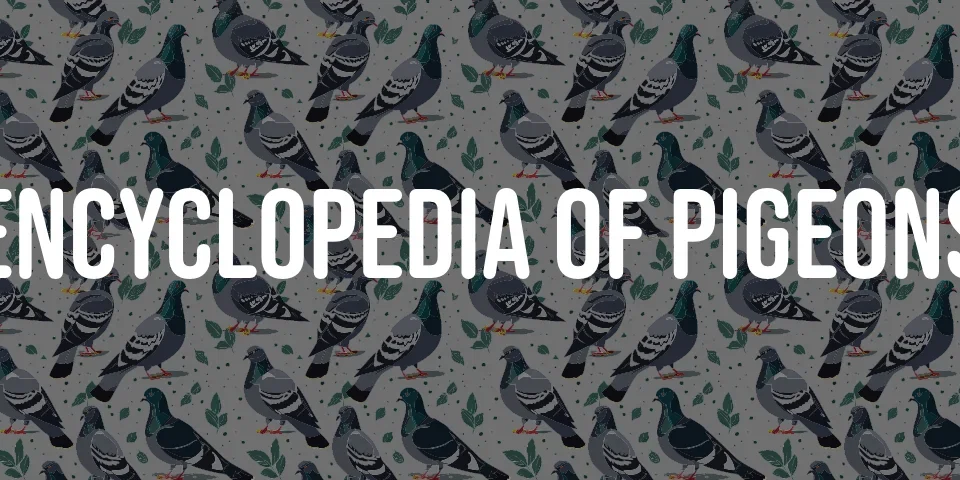The Moravian White-head is a breed of domestic pigeon known for its distinctive appearance and historical significance. Originating from the Moravian region, which is now part of the Czech Republic, this breed is a result of selective breeding practices that have emphasized certain aesthetic and functional traits. The Moravian White-head is not only appreciated for its beauty but also for its utility in various pigeon-related activities.
Taxonomy and Origin
The Moravian White-head, like all domestic pigeons, belongs to the species Columba livia domestica, which is derived from the wild rock dove (Columba livia). The breed was developed in Moravia, a historical region in Central Europe, through selective breeding that combined the traits of local country doves with other breeds such as the Florentine and Cropper pigeons.
Physical Characteristics
Head
The head of the Moravian White-head is smooth and proportionate to the body. It is rounded and large, giving the breed a distinguished appearance.
Eyes
The iris of the Moravian White-head can vary from orange to red, with narrow contours. The eye color is red in red and yellow varieties, while it is dark or black in other colorations.
Beak
The beak is of medium length, with smooth and white nostrils. The color of the beak matches the color of the bird’s plumage, with nails having the same color as the beak.
Breast
The breast is a prominent feature of the Moravian White-head, being large, deep, and rounded. The breastbone is long, contributing to the breed’s robust appearance.
Back
The back is large and slightly inclined, which is a characteristic posture for the breed.
Wings
The wings fit well to the body, covering the back without crossing each other, which is a desirable trait in pigeon breeds.
Tail
The tail is carried on the line of the back and is kept closed, maintaining the breed’s streamlined profile.
Legs and Feet
The legs are of medium length and are unfeathered. The thighs are scarcely visible, and the nail color is not significant.
Plumage
The plumage of the Moravian White-head is well developed and fits closely to the body, providing a sleek and tidy appearance.
Color Varieties
The Moravian White-head comes in various color varieties, including blue with black bars, blue without bars, black, red, yellow, blue-silver without bars, blue-silver with dark bars, red with bars, blue dabbed, and blue-silver dabbed.
Key Data
| Feature | Description |
|---|---|
| Species | Columba livia domestica |
| Origin | Moravia, Czech Republic |
| Head | Smooth, rounded, large |
| Eye Color | Orange to red; red in red/yellow varieties |
| Beak | Medium length, color matches plumage |
| Breast | Large, deep, rounded |
| Back | Large, slightly inclined |
| Wings | Close-fitting, cover back without crossing |
| Tail | Carried on the back line, closed |
| Legs and Feet | Medium length, unfeathered |
| Plumage | Well developed, close-fitting |
| Color Varieties | Multiple, including blue, black, red, and yellow |
| Weight | Between 500 and 600 grams |
| Posture | Almost horizontal |
| Paw Position | Medium height |
Behavior and Utility
The Moravian White-head is known for its solid build and prominent breast, which contribute to its utility in various pigeon-related activities. The breed’s weight ranges between 500 and 600 grams, and it has an almost horizontal posture with medium-height paw position. These physical attributes, along with its well-developed plumage, make the Moravian White-head a versatile breed suitable for both show and utility purposes.
Interesting Facts
- The Moravian White-head’s origin can be traced back to the old Czechoslovakia, specifically the Moravia region, indicating a rich cultural heritage associated with the breed.
- The breed’s development involved crossbreeding among Florentine, Cropper, and country doves, showcasing a deliberate effort to combine the best traits of each contributing breed.
- The Moravian White-head is appreciated for its aesthetic qualities, such as its color varieties and the sleekness of its plumage, making it a popular choice for pigeon shows and exhibitions.





